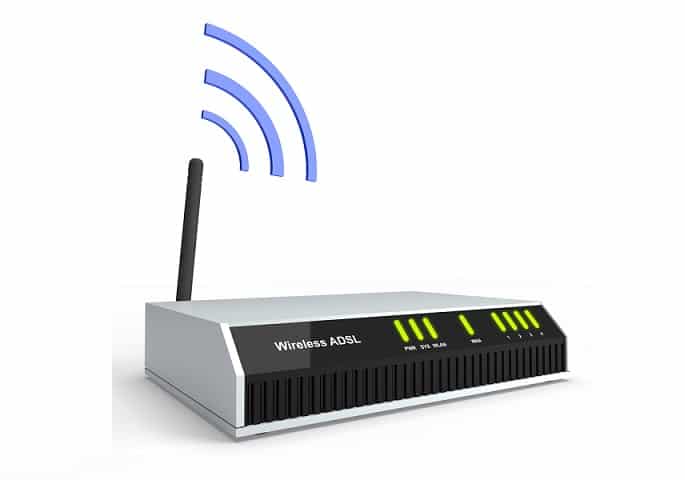
ADSL is a type of Internet connection that is typically used in the home environment and other locations. ADSL is typically known as an Asymmetrical Digital Subscriber Line since the download capability is greater than the upload capacity. ADSL is designed for users that request a lot of downloads such as website access or media downloads but do not upload a lot of data to the Web as often. An ADSL connection calls for an ADSL modem which helps to provide high speed Internet access.
Different Types of ADSL Modems
There are different types of ADSL modems which accommodate a variety of ADSL connections. The three basic different types of ADSL modems are USB, Ethernet, or split connection modem. Each type of modem requires a DSL filter which is placed in the phone jack to allow a connection that is “always on” and use of the telephone line while you are connected to the Internet.
A USB ADSL modem connects to your PC via the USB ports and requires software for installation and setup. An Ethernet ADSL modem also requires software installation however it differs from the USB modem since it connects to your PC through the Ethernet port. There is also an ADSL modem that is cable of splitting connections that are Ethernet-based. ADSL modems are either internal or external. The internal ADSL modems connect to your PC via a special slot on your PC where external ADSL modems connect to an outside port on your PC via a network adapter.
Factors which Affect ADSL Modems
Although ADSL modems provide high speed access to the Internet there are factors you should be aware of that can have an affect on the speed that the modem can provide. First, the maximum speed may not be realized depending upon how far away from the central hub you are when you setup an ADSL modem.
The condition of your telephone line can also determine the performance of an ADSL modem. For example, you may experience interference if there is a lot of telephone traffic at any given time or multiple users in your local area that have heavy telephone traffic. Old telephone lines can cause problems with the performance of an ADSL modem and your ADSL connection. Telephone lines that are damaged in any way can cause your ADSL connection to terminate unexpectedly when there is a lot of traffic on the line.
Setting up an ADSL Modem
An ADSL modem is supplied by your Internet Service Provider (ISP) and creates the connection between your PC and the Internet connection provided by your ISP. Depending upon the type of ADSL modem you are using the installation process is fairly easy to accomplish.
An ADSL modem is connected to the DSL filter which you insert into your telephone outlet to reduce interference between the telephone line and the Internet connection. Then you plug the power cord in an AC power outlet and make sure it is connected to the ADSL modem. Depending upon the type of modem you have you should connect the modem to your PC via Ethernet or USB cable and follow up with installing the software for the modem configuration. Once the software is installed you will be stepped through the process of setting up the modem.
Troubleshooting an ADSL Modem
Once you setup an ADSL modem you may experience problems with connectivity which can stem from a number of underlying factors which are contributors to lack of connectivity. First, you should check the ADSL modem to ensure that all of the lights are on. This will tell you whether or not the modem is getting power and connecting with your Internet connection.
If no lights are lit on the modem check to make sure that the AC power is properly connected and that the AC power outlet is functional. If you still do not see a light the ADSL modem may be defective or you may have blown a fuse for that particular AC power outlet in your home. If possible try connecting the modem to an alternate outlet in the room as a test.
Check all of the cables leading in and out of the modem to make sure they are connected properly. If you still do not see any light indicator then disconnect the cables and replace each cable one at a time to ensure you are not dealing with a faulty cable.
If you still cannot find the connection problem try removing the DSL filter from the phone jack in the wall. Plug the modem directly into the phone jack without the filter and if it establishes a connection then you need to replace the DSL filter.
Since your Internet Service Provider supplies the ADSL modem you can opt to seek their assistance and have them test the modem connection and the Internet configuration that you have setup. If you are unable to solve the issue your ISP has the appropriate testing tools to locate the problem and get you up in running within a short period of time.